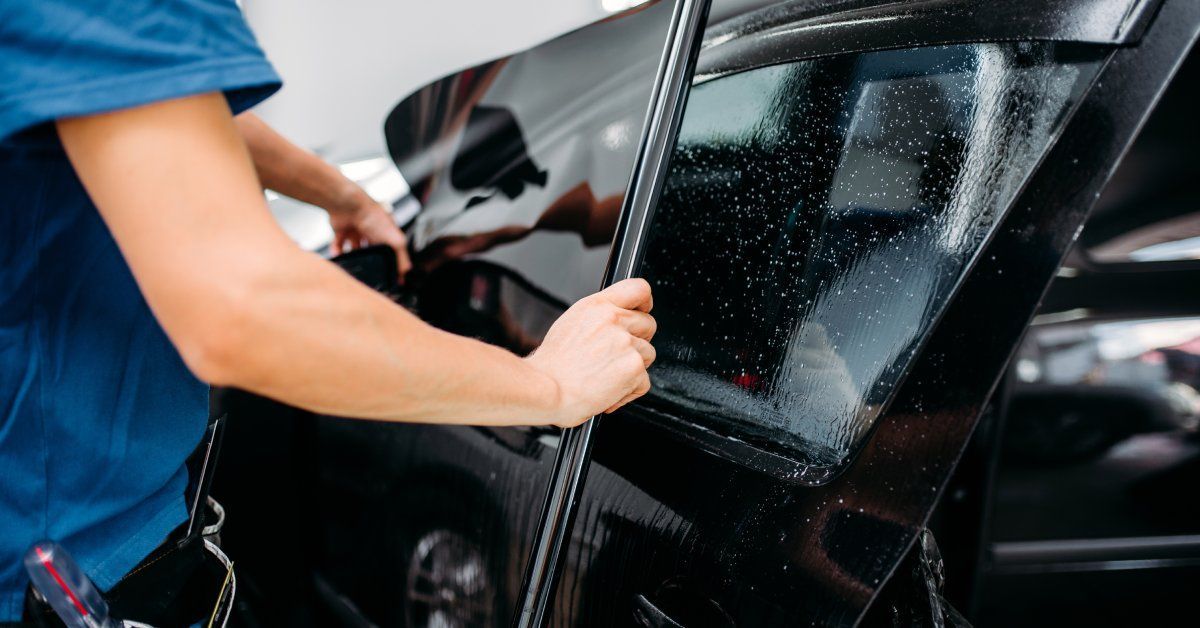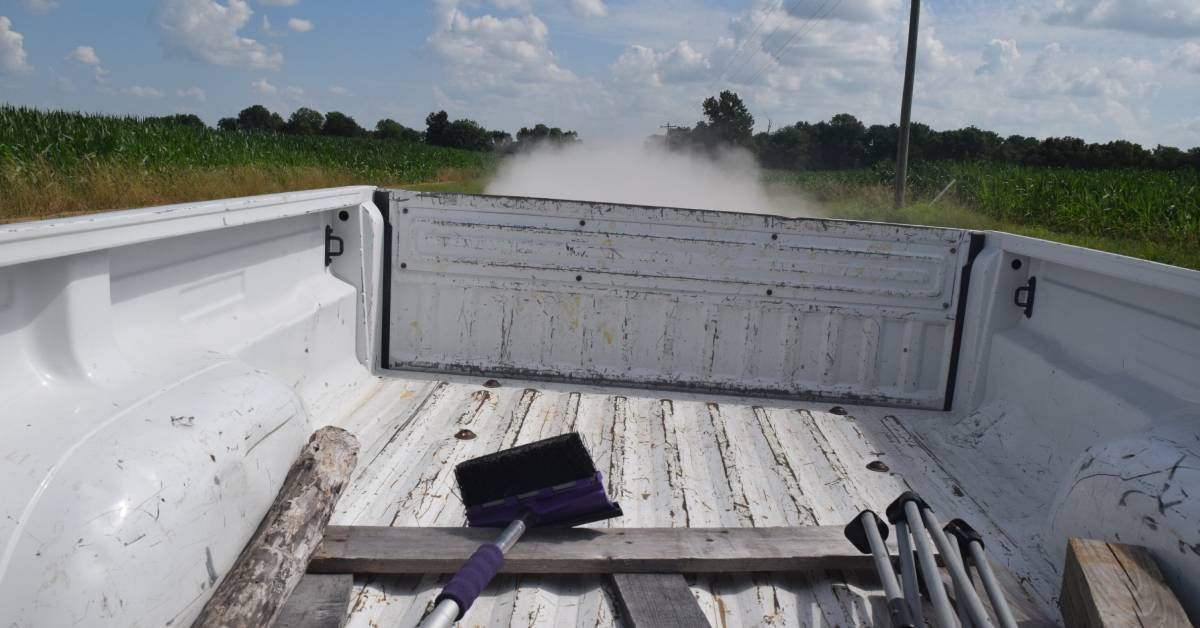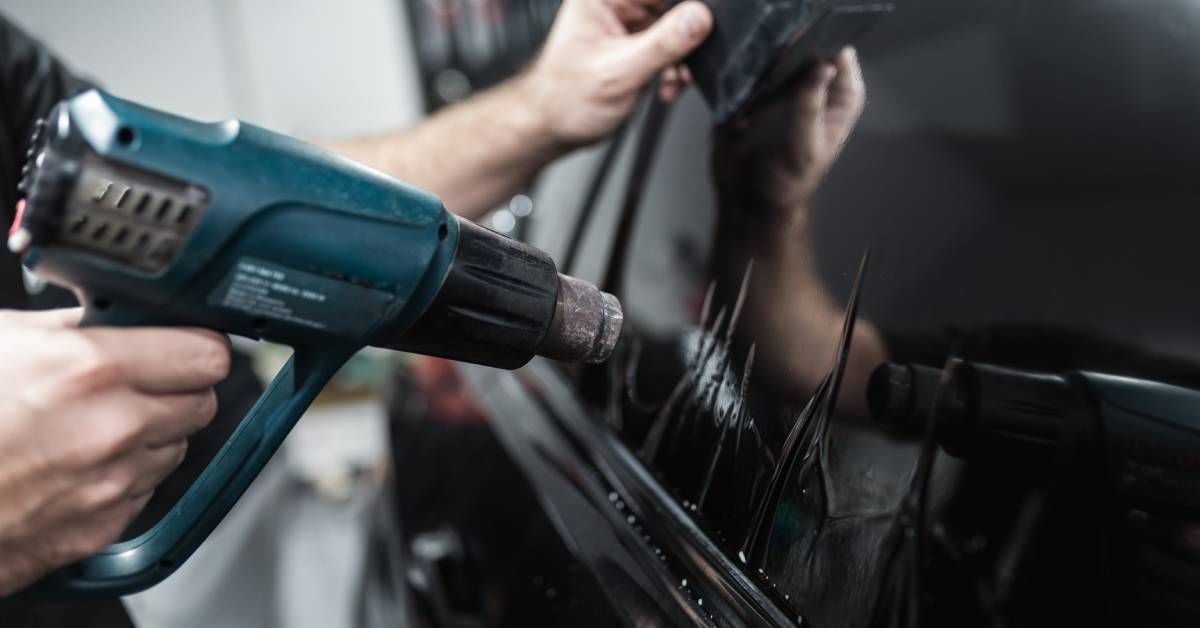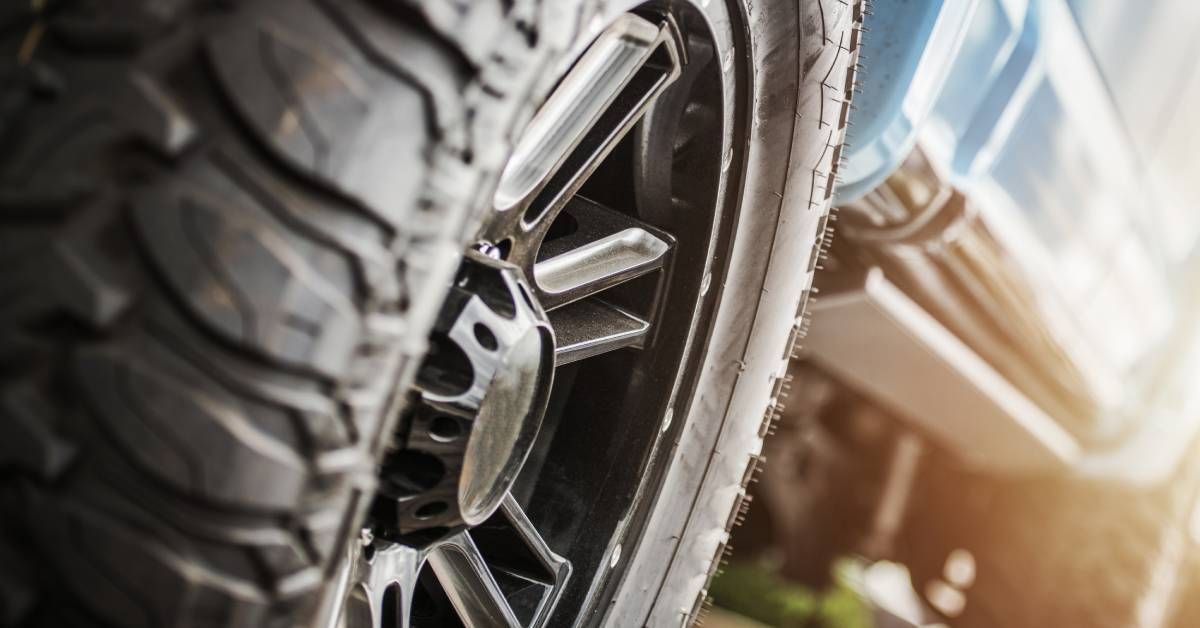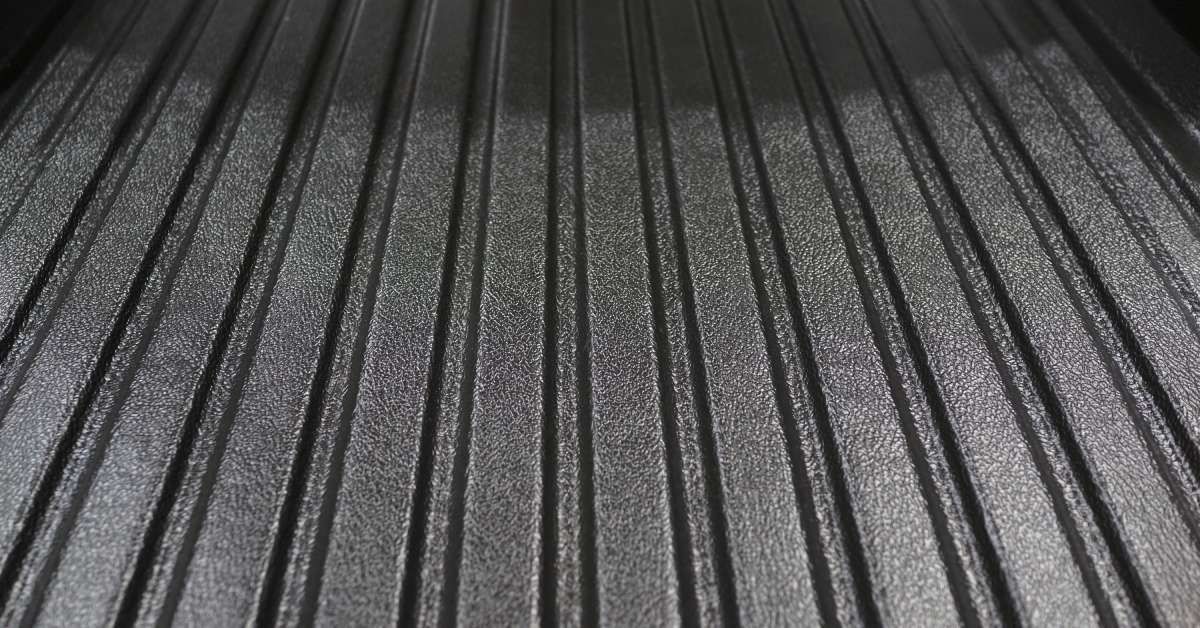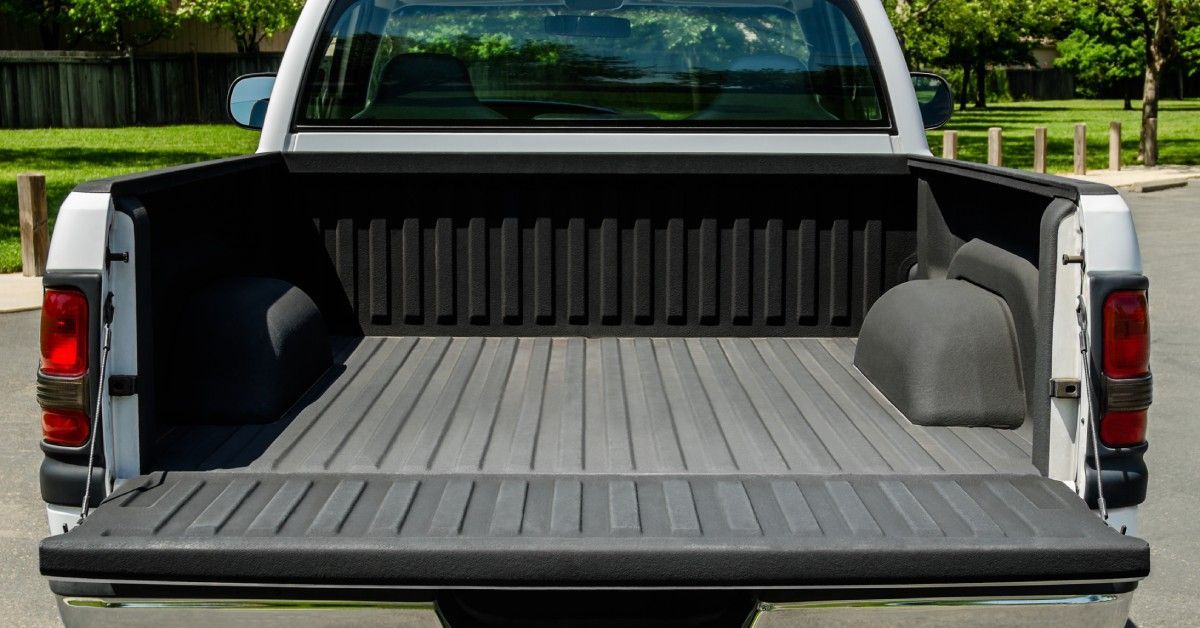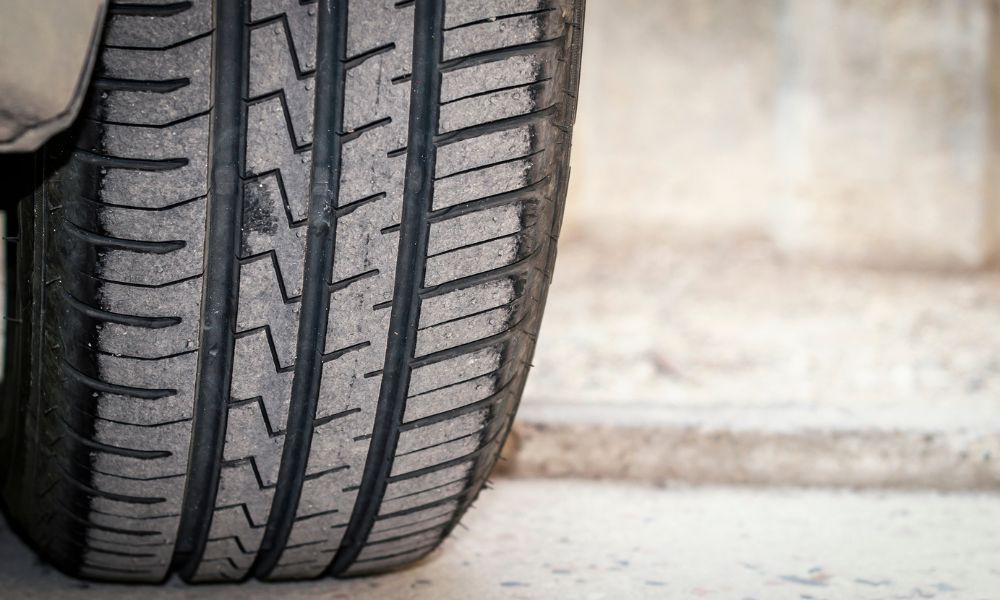5 Things You Didn’t Know Can Damage Your Bedliner
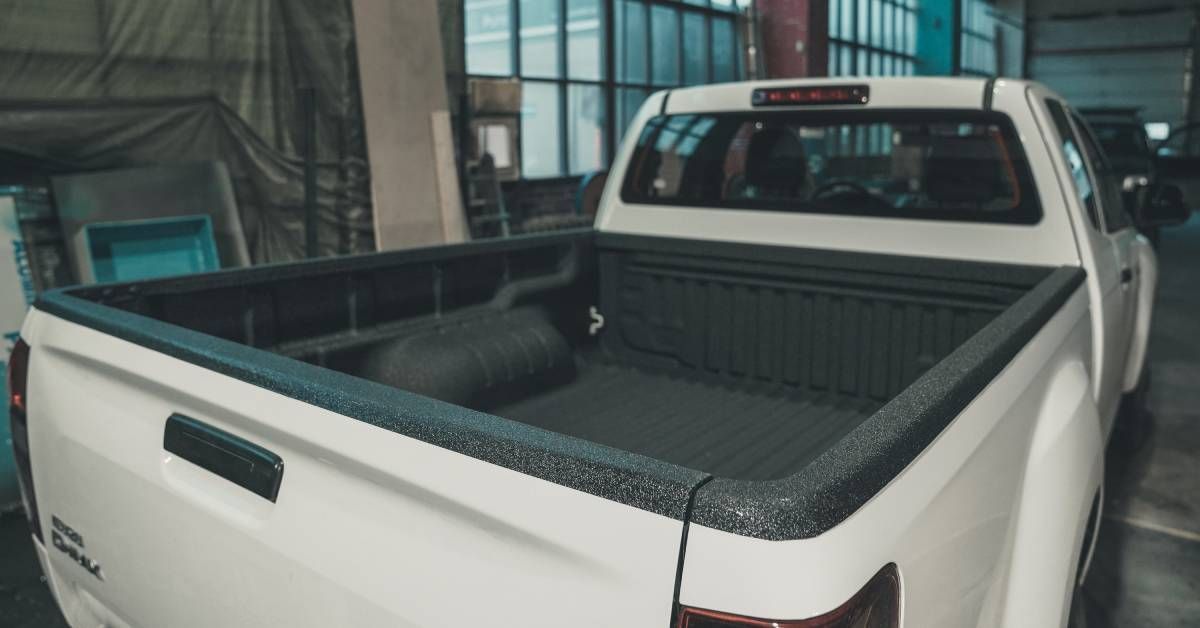
A pickup truck bedliner shields the bed from damage while enhancing its overall look. Investing in a quality bedliner is an important decision for any truck owner. This material can keep your truck in pristine condition for years, but do you know about the hidden threats to your truck’s bedliner? Understanding the potential hazards is key to preserving its durability and functionality.
Dive into our list of things you didn’t know can damage a bedliner in order to preserve your pickup truck.
Extreme Outdoor Conditions
Nature can be a friend and a foe to a bedliner, and weather conditions affect the longevity and effectiveness of the bedliner.
Extreme temperatures, hot or cold, can cause the material to expand and contract, leading to potential cracking or warping. Truck owners should be mindful of environmental factors and take good care of their vehicle’s bedliner. Keep in mind that the weather doesn’t have to be stormy to damage a bedliner!
Weather Throughout the Year
Direct sunlight exposure can negatively affect the bedliner’s quality over time. Prolonged exposure to UV rays can cause fading and deterioration of the material. To mitigate this, consider parking your truck in the shade or in a garage. You could also use a protective cover when not using your truck. Equipping your truck bed with UV protection can also prolong the life of the bedliner and maintain its vibrant appearance.
Not all bedliners are equal in strength or versatility, and you’ll find many options with unique features and benefits. Some bedliners can withstand heavy loads, while others provide superior UV protection. Understanding these differences can help you select the best bedliner for your needs.
Everyday Use
Storing items in the bed of your truck can inadvertently lead to bedliner damage. One of the most common mistakes truck owners make is improperly loading and unloading cargo. Heavy or sharp objects can cause scratches, dents, or even punctures in the bedliner. Exercise caution when handling such items, and consider laying down padding, mats, or a tarp to minimize direct contact with the bedliner.
Bedliners are often marketed as indestructible barriers, leading many truck owners to believe they are impervious to damage. This misconception can result in neglect and improper care. While bedliners protect a truck bed, they are not immune to all forms of damage. Different types of bedliners offer varying levels of durability and protection. Spray-on bedliners, for instance, resist impact better than drop-in liners.
Another overlooked hazard is the accumulation of debris or foreign objects between the bedliner and the truck bed. This can create pressure points or abrasion that gradually weakens the bedliner material. It’s important to remove debris and check the fit between the liner and the truck bed. Additionally, good ventilation and drainage of your truck bed can prevent the buildup of moisture and resulting corrosion.
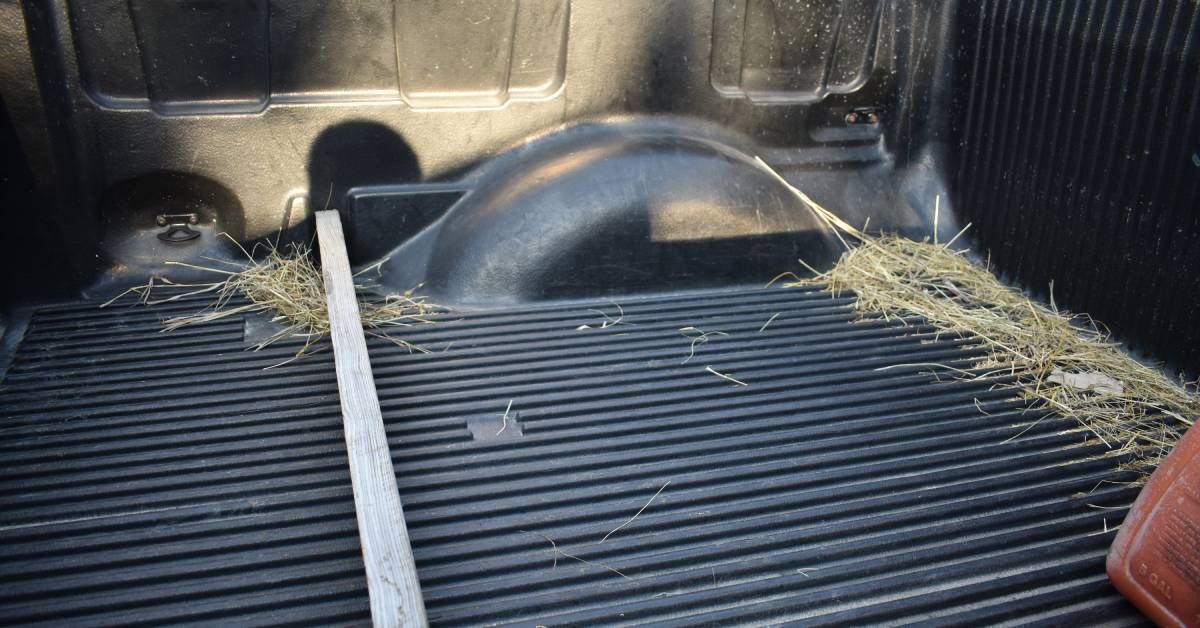
Inconsistent Maintenance
Regular maintenance and cleaning will keep your bedliner in top condition. Unfortunately, many truck owners overlook this aspect, which can lead to the buildup of dirt, debris, and chemicals that can degrade the material over time. Establishing a routine cleaning schedule and using appropriate cleaning products can go a long way in preserving the integrity of your truck’s bedliner.
Many truck owners assume that maintenance is not necessary after installing a bedliner. This couldn’t be further from the truth! Just like any other part of your vehicle, a bedliner requires regular attention to maintain its protective qualities.
Neglecting basic maintenance can lead to premature wear and tear and reduce the effectiveness of the bedliner over time. Thankfully, routine cleaning doesn’t have to be complicated with a good bedliner. At Fat Lip Customs, we provide spray-in bedliner installation that is durable and easy to clean!
Avoid using harsh chemicals or abrasive cleaning tools that can damage your truck’s bedliner. Opt for mild soap and water, along with a soft brush or cloth, to clean the surface gently. Also, regularly inspect the bedliner for damage, and address it promptly. By incorporating these simple practices into your maintenance routine, you can extend the life of the bedliner and ensure it continues to protect your truck.
Small, Problematic Hazards
You probably didn’t know so many things can damage your pickup truck’s bedliner. This is probably because some hazards that seem small can cause big problems. You might focus on the obvious issues, but unexpected hazards can damage a truck bed’s liner. For instance, gasoline, oil, and cleaning solvents can cause degradation or discoloration of the bedliner material. Promptly clean up accidental spills or leaks to prevent long-term damage. Also, we recommend using containers or trays to keep such substances from coming into direct contact with the bedliner.
After transporting hazards of any kind, you should conduct a thorough inspection of the truck bed. Keep cleaning supplies close by so you can always act promptly. If any spillage occurred you can quickly clean it up and prevent further damage. Don’t forget to keep an eye out for scratches and other types of surface damage, too.
Small dents and scratches may seem insignificant, but they can have a cumulative impact on the overall durability of the bedliner. Minor imperfections can create weak points in the material, making it more susceptible to damage over time. Consider using touch-up kits or consulting a professional to repair noticeable damage before it worsens.
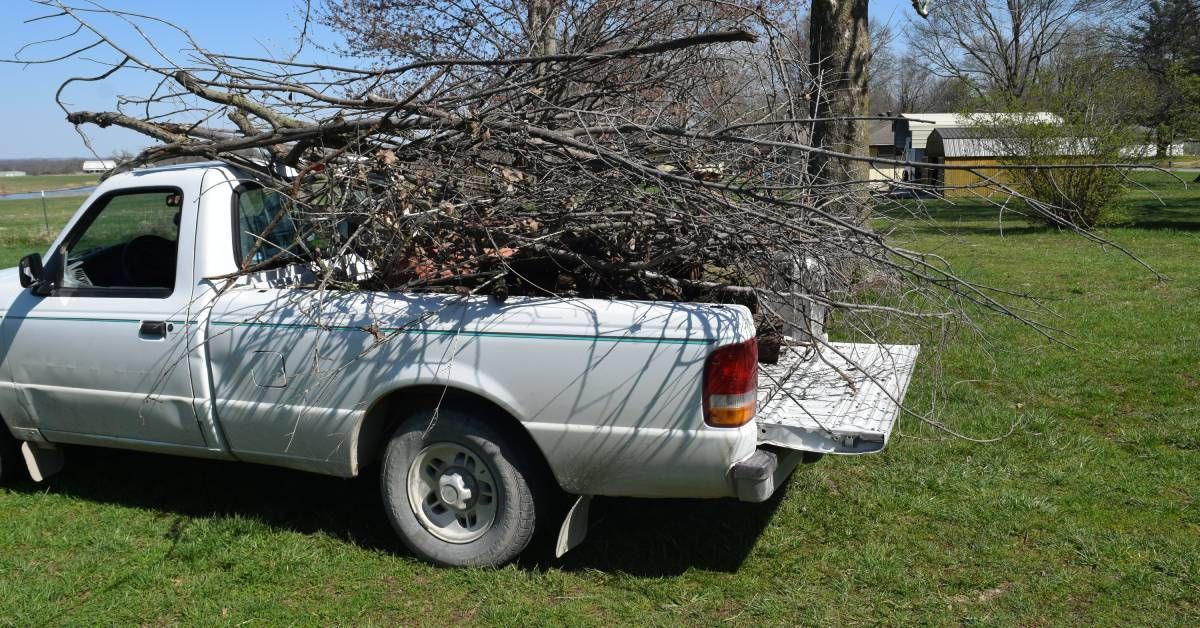
Protect Your Truck Now
Protecting your truck bedliner from potential damage is a crucial responsibility for any truck owner. Understanding the common misconceptions, environmental factors, everyday use mistakes, and unexpected hazards associated with bedliners ensures you can take proactive steps to safeguard your investment.
Regular maintenance, proper loading and unloading techniques, and prompt attention to wear or damage will go a long way in preserving the functionality and appearance of your truck’s bedliner. A little effort today can save you from costly repairs and replacements down the road.
You’ve taken the first step by learning about the surprising threats to a bedliner and how to protect it. Now, it’s time to put that knowledge to work. Use this guide to take care of your bedliner and drive confidently, knowing your truck bed is protected!
Contact Us
Opening Hours
- Mon - Fri
- -
- Sat - Sun
- Closed


